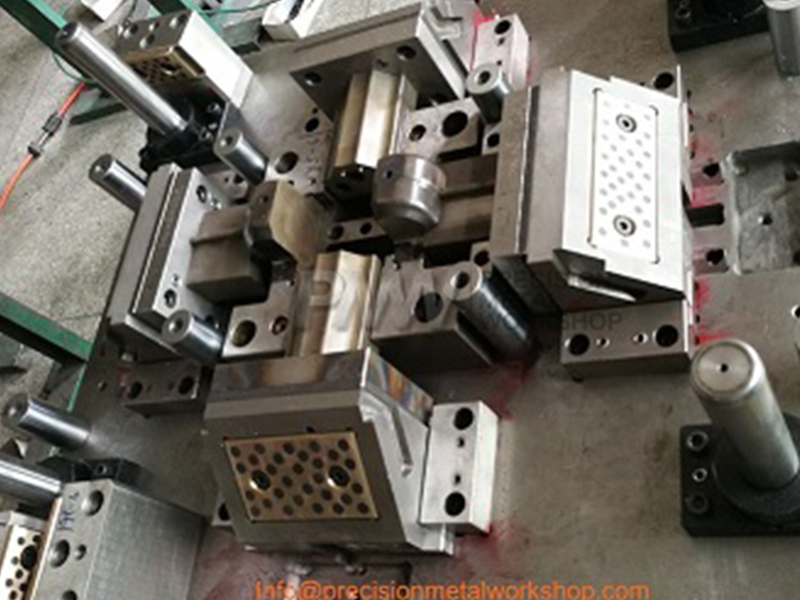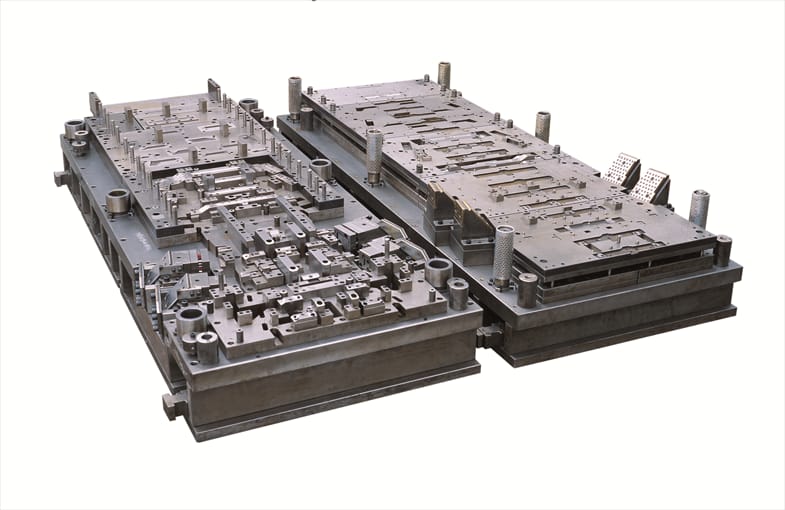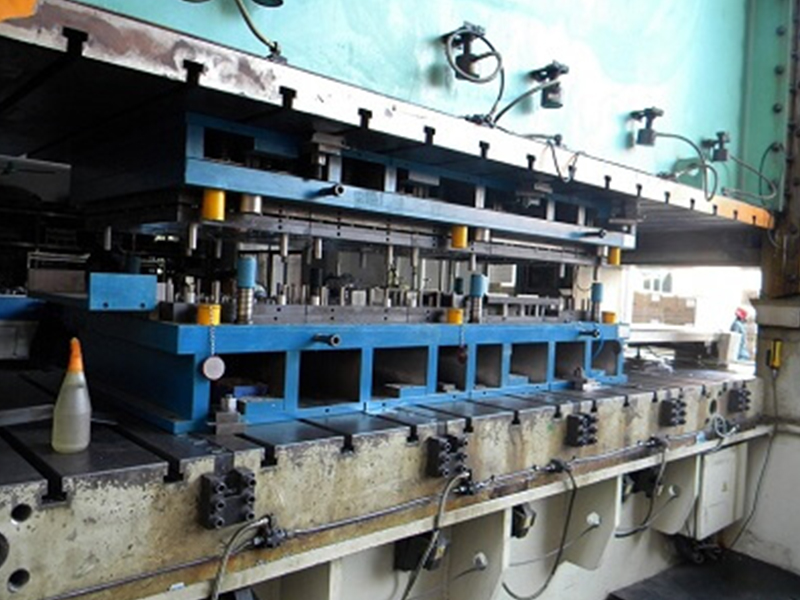7 factors that affect tool price
Before receiving a contract to design and build a die, the building shop must quote a price to the customer. Because every die usually is a one-of-a-kind tool, the process of quoting tooling cost is not always easy. The person estimating this cost must have a good understanding of sheet metal processing methods and the die design and build process, because the cost of the die can be established only after the process steps have been determined. The estimator has to know how many and what steps are needed to make the part.
To help themselves through the task of estimating, many quoting engineers keep historical records of the quotes they created for tools producing similar parts. Looking back, they can determine if the company made or lost money on the project and quote the new tooling on the basis of the previous quote.
There is no perfect formula or equation for deriving tooling cost, but numerous factors can be considered to help increase estimate accuracy.
1. Type of tool needed
Obviously, complex dies such as progressive dies typically cost more than single-station dies, because they need to be designed so that a carrier strip can be made, fed, and properly sequenced through each station.
Progressive dies also use strip lifters to get the parts in the respective stations. They often must be timed so that each station is at the same height, which adds to the cost of the tool.
2. Production Volume Required
When high volumes of parts are needed, the die typically is designed with larger, thicker, and higher-quality tool steel sections. Higher volumes also warrant the use of alternative tooling materials, such as solid carbide. Dies required to make low-volume parts typically are made out of less expensive tool steel, or sometimes even from cast or molded composite materials.
Dies made from premium tooling materials such as carbide take more time to manufacture because the material requires more time to machine. In addition, solid carbide must be wire-burned and diamond-finished—processes that are relatively expensive. Low-volume dies might use simple coil springs, while high-volume dies typically use longer-life, more expensive gas springs.
Dies designed for high production and ease of maintenance, typically defined as Class A dies, can produce such extreme volumes that the additional tooling cost is often insignificant. Class B dies are designed to produce small volumes and have a very limited life. Class C dies typically are made for short-term prototype applications.
3. Delivery Time
A request for a very short delivery time on the tool most likely will inflate tooling cost. This is especially true if the tooling provider currently has a large workload. Expediting a delivery date will require the tool shop to work overtime, which increases the cost of the tool.
4. Tool and Die Shop Location
China and India have considerably lower labor rates that in the U.S. For this reason, tooling cost typically is lower in these countries.
5. Die Shop Niche
If a die shop specializing in building Class A automobile panel dies such as hoods, roofs, and doors receives a request to quote the cost of building a progressive die to make a small bracket, chances are the quote will be very high. It is not cost-effective to machine a small die section on a mill capable of machining a body side panel for a car.
Finding a shop with the right capacity and experience for the job will yield a lower quote.
6. Payment Terms
For large tooling, such as dies that produce autobody panels, it is not uncommon for the die shop to borrow money from the bank to buy the materials necessary to build the tooling. They must make payments on this loan, including interest.
The longer it takes to receive payment for the dies, the more interest the die shop will pay. This often is reflected in the tooling cost. Occasionally customers will make progress payments to the die shop to reduce this cost.
7. Part Geometry, Tolerancing, and Part Material
A part with difficult geometry increases the number of stations necessary to make the part, thus increasing tooling cost. Parts with tight or small tolerancing also require additional stations. If the part is made out of high-strength materials, a higher grade of tool steel will be needed to cut and form the material, which also will raise the tooling cost.
Get a fast quote from Precision Metal Workshop for your new tool needs: www.precisionmetalworkshop.com





